Serena de Sanctis is a talented photographer who hails from Rome, Italy, but lived part of her life in Barcelona and recently Delhi. Since two years she moved back to Spain, where she shares a beautiful loft with her partner and their sweet little dog, Luna, in the district of Gracia. “The loft is our home and our studio, where we spend most of the day. Working as a freelance here is perfect, as we are surrounded by like-minded people, who share co-working spaces and work as we do”, she says, “Gracia is an ever-evolving and dynamic district, where there’s plenty of bars and coffeehouses to make a break and catch up with friends.
-What inspired you to become a photographer and how you started taking photos?
I started being interested in photography during the graphic school I was attending right after high school. I started studying photography when I moved to Barcelona then, I started approaching photojournalism and attending international festival and courses. Finally, after many years of practice, I embarked on a project that has marked the beginning of my photographic career: DINO.

The reportage talks about the relationship with my father, Dino, and the unconditional love that always bonded us. I started taking photos of my father working in his mechanic workshop, intrigued by those colourful, unique vintage cars he was fixing. Slowly I started realizing that I was telling much more than only his job.
I was discovering a new relation, both with him and with my passion that, from that very moment, became my profession. I started taking photos of him in spring 2012, the most recent ones were shot in 2018, every year I add new photos, so I can’t say this work is really finished for me.
-What is the meaning and scope of photography today? Which kind of photography best reflects your vision?
I think the role of photography has always been to inform and raise awareness of current topics and conflict situations. Even if today we are invaded by images, I think good photography still absolves its duty. Documentary photography is the style that most reflects my vision as it is based on the personal relationships created with the subjects. This type of photography allows you to fully understand the lives of other people and the difficulties they face or have experienced.
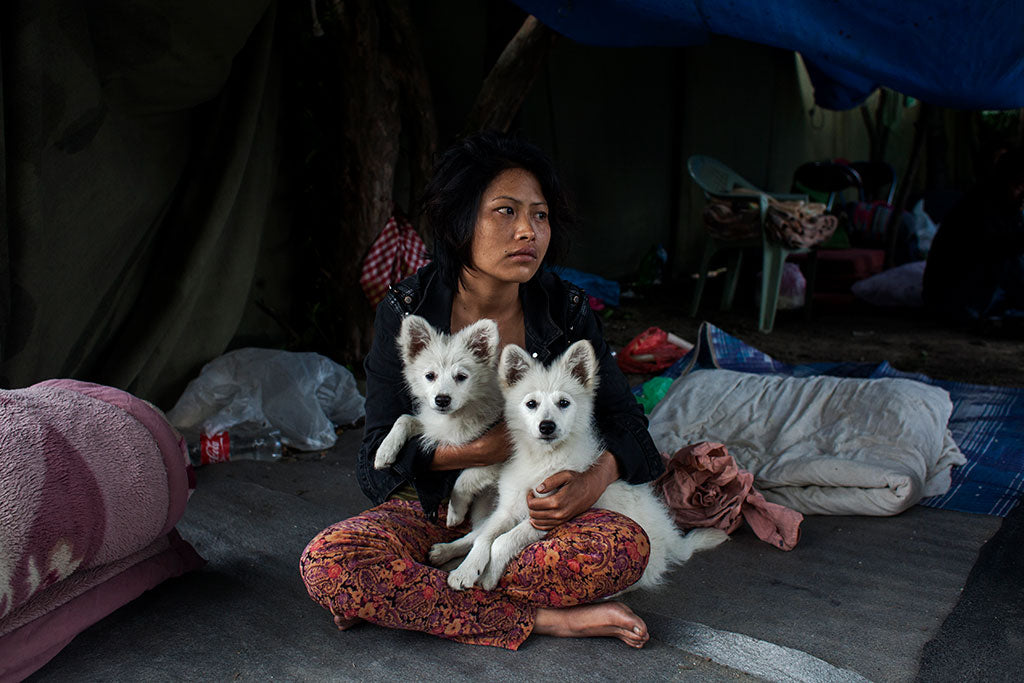
-Which project among the many you followed best represents you?
Urban Migrant is definitely the project that best reflects my way of working and being a photographer. It is a project of denunciation but at the same time, it contains personal elements of my experience in Delhi because in a certain way it was what I was experiencing. The routine in Delhi is intense, strong and the poverty you are surrounded by is devastating. With Maria, a friend and journalist with whom I worked on this project, we began our research in places where people lived with nothing, where they burned trash to keep themselves warm in winter, where at night dozens of people slept on the damp earth, wrapped only in a blanket. The most extreme poverty was there before our eyes and the only thing we could do was to portray it and tell the stories behind each one of them.
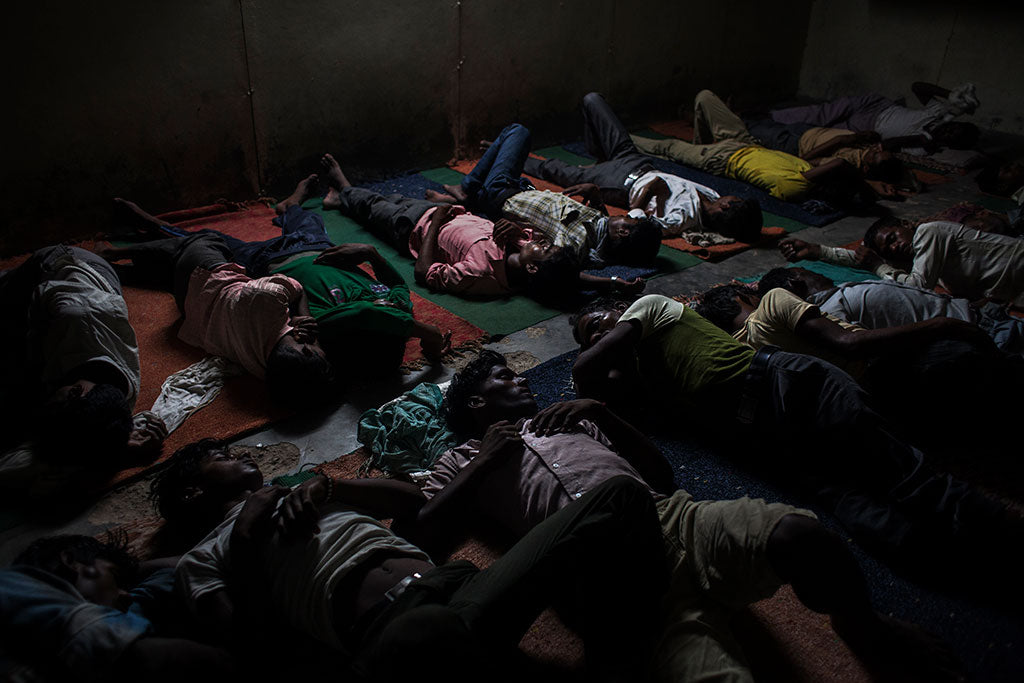
- Tell me a bit about this project and what touched you the most about it.
‘Urban migrants’ was born in 2015 from the need to document the deplorable condition of thousands of people who come to Delhi from the poorest states of India and eventually become homeless. Delhi means hope for many families making a livelihood from agriculture in those rural areas that are continually exploited by large companies, which made shrink the local economy and boosted impoverishment.
Unfortunately, the hope immigrants put on Delhi, never reflects reality.
They have to learn to live with the hostility of a fast-growing city, they are forced to do the hardest and most poorly-paid jobs and most of all, they have to learn to live without a home. Who could afford a rent prefers to send the salary back home, to their faraway families.
One of the situations that touched me most while working on this story was the work of Sunil Kumar Aledia, the founder of the local NGO Centre for Holistic Development - CHD. The NGO aim is to raise awareness and protect the human rights of people in need, mainly homeless and slum-dwellers, while Sunil himself is in charge of visiting all the shelters set up by the government and denounce their precarious conditions. He pays his visits always at night, the most difficult time of the day for a person living on the streets. I accompanied Sunil on many of his ‘Vigils’, his tours through the ‘hot spots’: in the middle of the night, I walked meters together with him in the city on those wet and cold Delhi’s winter nights or in the suffocating heat in the summers. He checked on the homeless, brought them some hope and assistance where needed.

-How do you approach the people you have to take photos of?
When I make a documentary series the first thing I do is to explain my motivations to the subjects and the reasons why the story should be seen and known to a wider audience. Only if the person or the community is okay, then I go ahead to shoot photographs. For me, the reportage is firstly a relationship with the subjects based on mutual respect.
- Have you ever met resistance from the people you were supposed to photograph?
The only time I had to abandon a project was in India during the production of reportage on caste. I visited a rural village near Varanasi with an NGO to document the deplorable work of some low caste women who are forced to clean “dry” latrines due to their cast. While we were gathering information and shooting photographs, many members of the community began to insult us and threaten us because they didn’t want us to show that reality, their life condition.
- You lived many years in India: what were the challenges of working abroad and living in such a diverse environment? And when you moved back to Europe?
I lived in Delhi for 3 years and during this time my goal was to understand and get deeper into India. The biggest challenge was in daily life was to face a series of problems such as social difference, the status of women and the continued violence against them, and then pollution, widespread poverty... Photography was the tool that allowed me to enter this world, document and learn all these problems for a deeper understanding of the society.
I miss the people and the warmth with which they are always willing to accept you and to host you, I miss the thousands of hours on the train to go anywhere and I miss the chaos! The decision to return to Europe was hard, and it’s mainly due to the need of creating a solid economic base and to be able to be closer to my family.
- You worked both as a freelancer and with assignments: what’s the difference in terms of work?
As a freelancer, the realization of a personal project involves both aesthetic and time liberty.
Most of the time, for the realization of a personal project, a long-term exploration, one needs to live together with the subjects during days and this ensures that there is a closer relationship with the people or the community. With assigned stories you must be fast enough and able to create a complete story in a very short time.
For both types of work I would say that the limit is ethics. Regardless of whether you do a personal project or an assignment for a magazine you always have to be aware that you are portraying people for the purpose of telling and informing on a topic and that these people deserve respect and dignity, always.
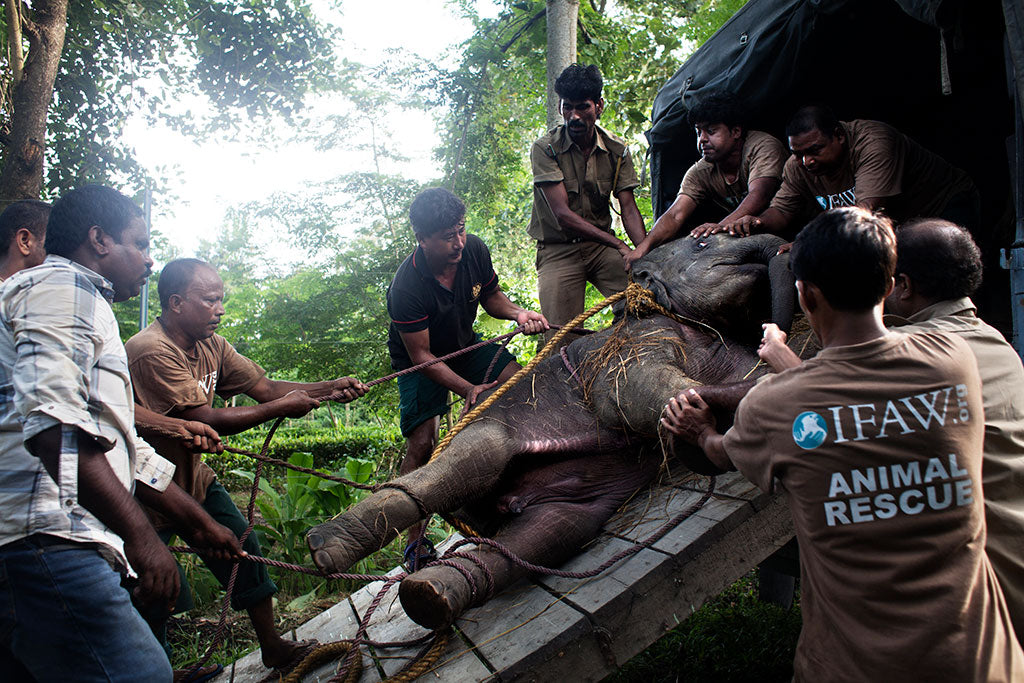
-How do you see the market today and what are the challenges for emerging photographers?What would you say to a young photographer who wants to build a career?
If he/she has a clear idea and a new and fresh language able to attract the attention of the editors, he/she should go for it and continue, it’s a beautiful profession, otherwise you’ll better think twice about it.
Without a doubt, we are living a time of big changes in photography. Newspapers and magazines buy always less and only a few photographers today are able to live only by assigned work.
Being a documentary photographer means not only investing time and money in reporting but above all attending every photography festival to create a network of contacts and relationship with publishers. So, if you do not have a solid economic base or even another job that allows stability it is difficult to be able to dedicate yourself to this job completely.
- What do you carry in your photo bag?
Normally in my bag I carry the bare essential: a Canon Mark II with a 50mm lens and the Fujifilm TX-1 with a 35mm lens. I use the Canon for portraits while the Fuji is for daily life photos. It’s a smaller camera with a design that resembles a vintage camera, and allows me to go unnoticed.
Follow Serena de Sanctis on Instagram and see her full work on the website

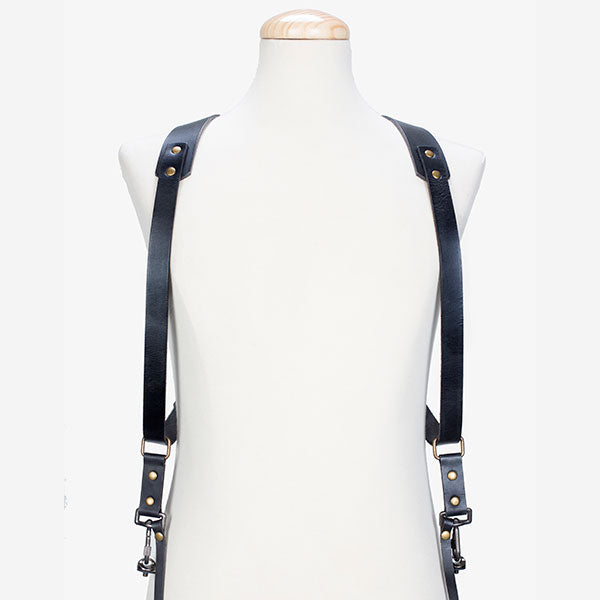
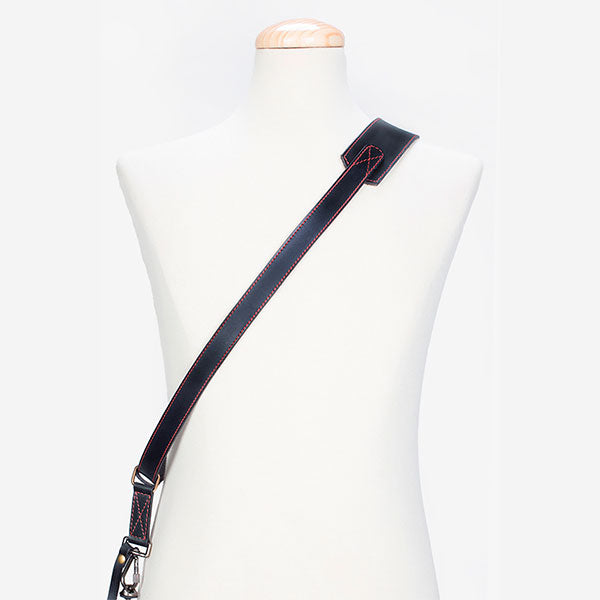
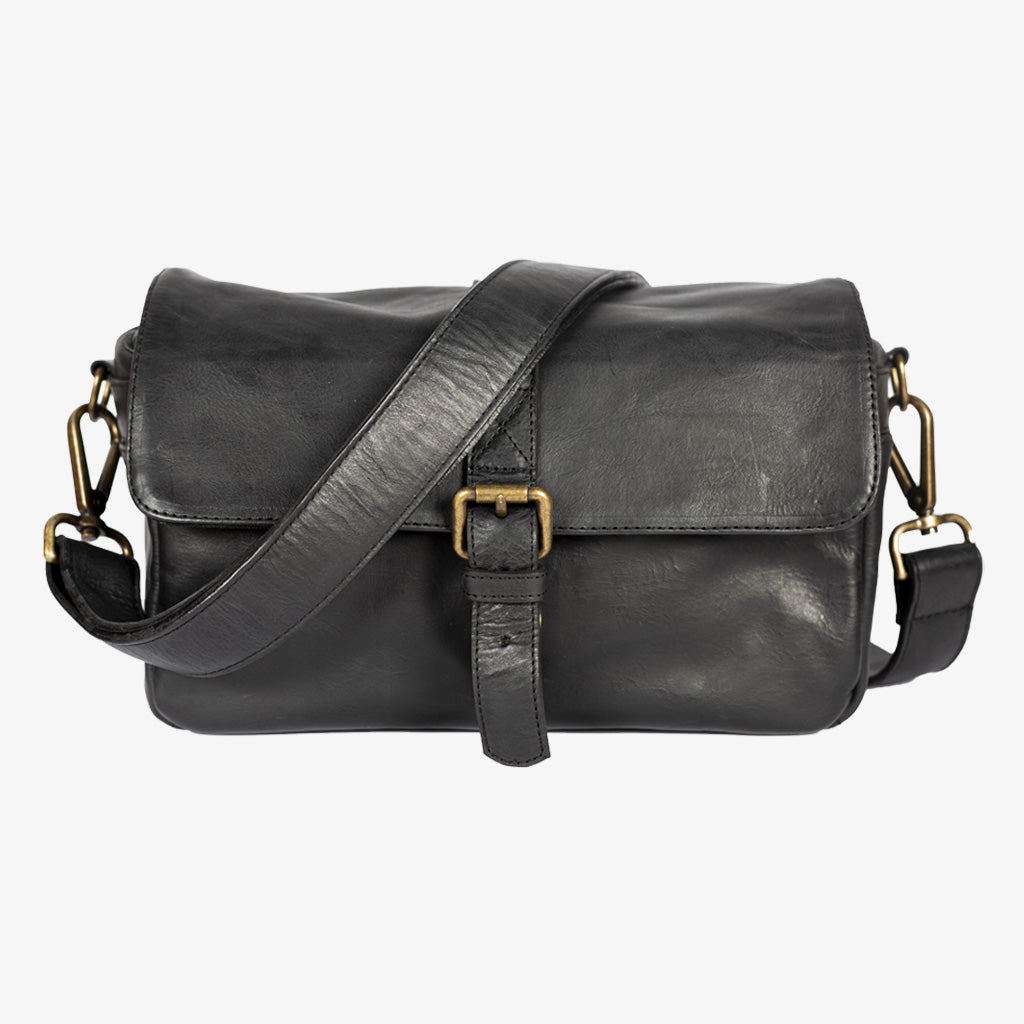
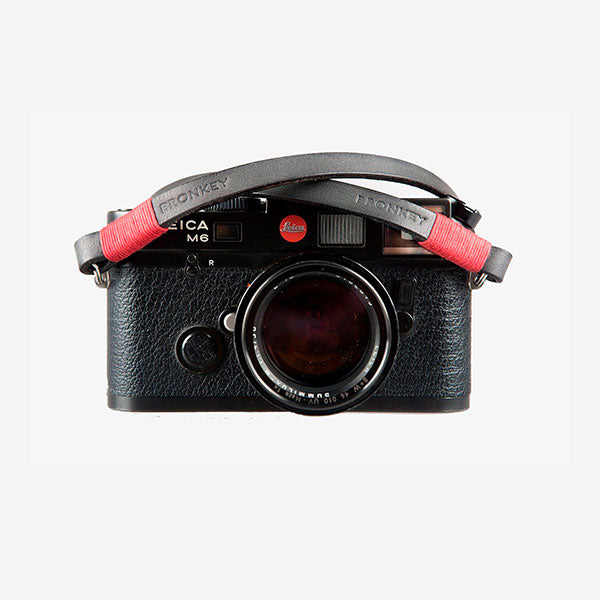
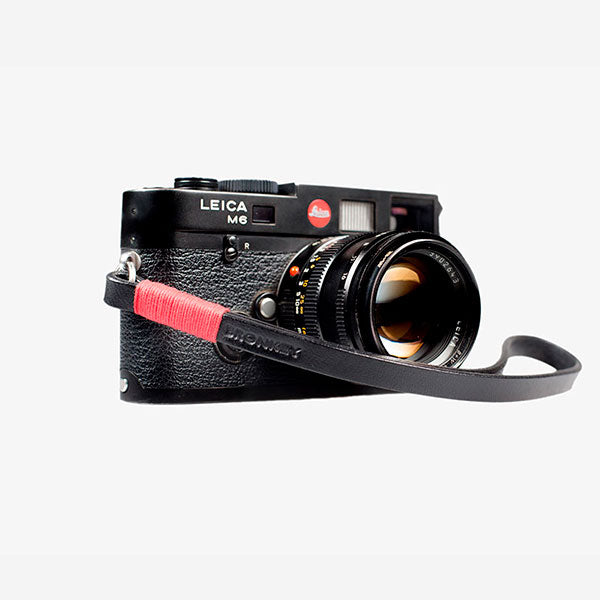
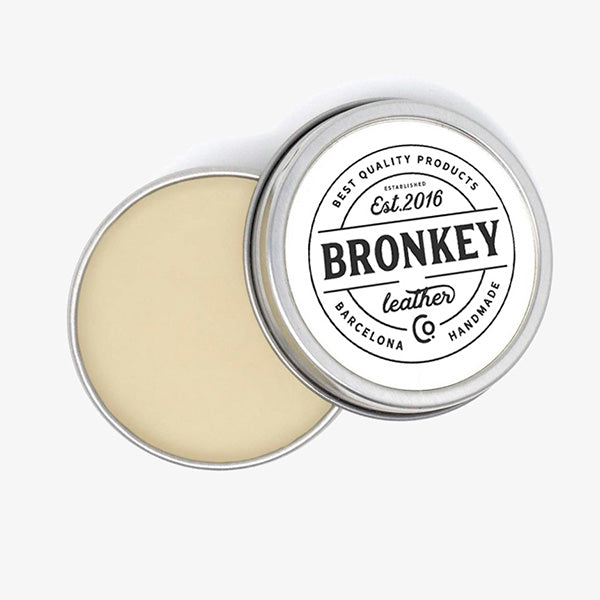
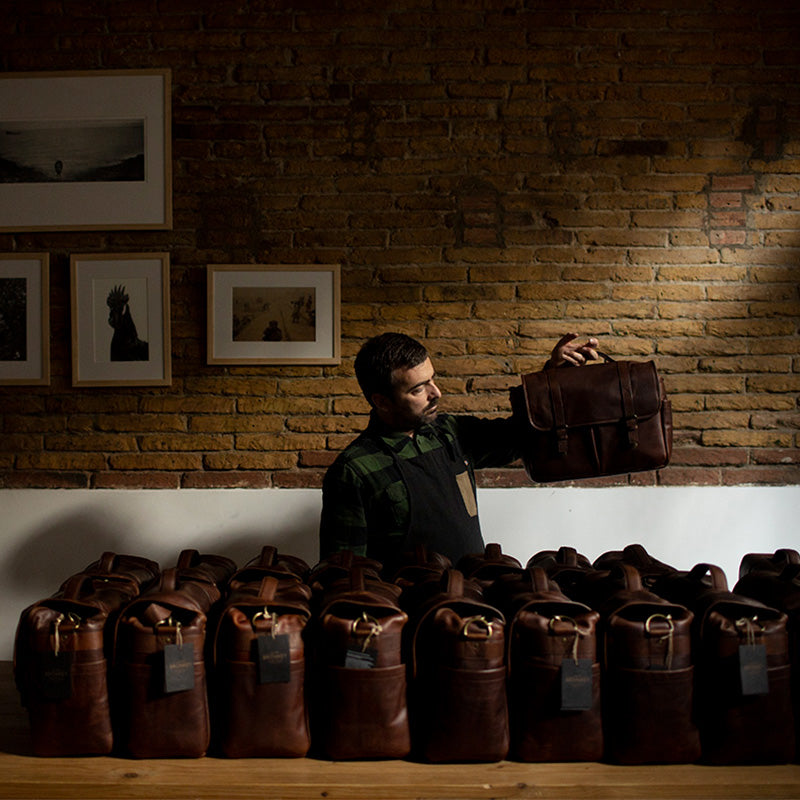
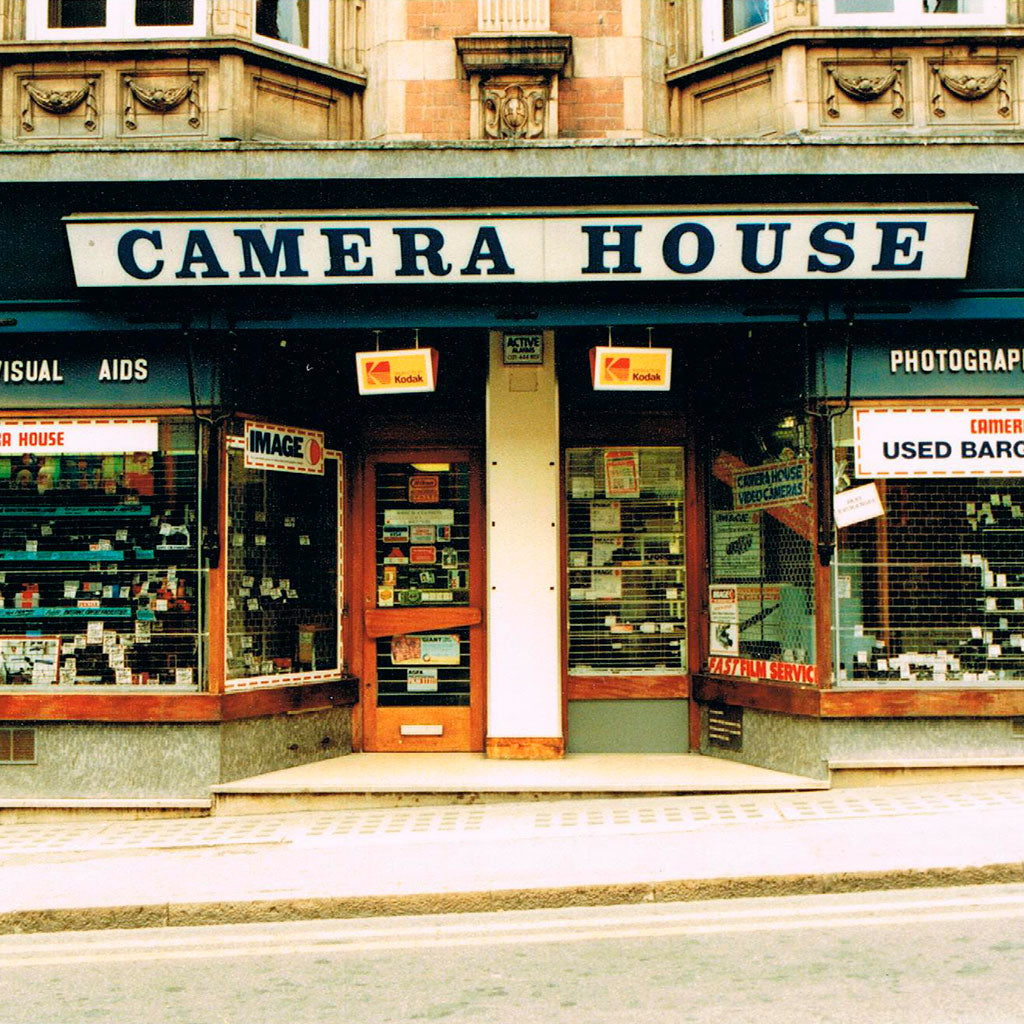
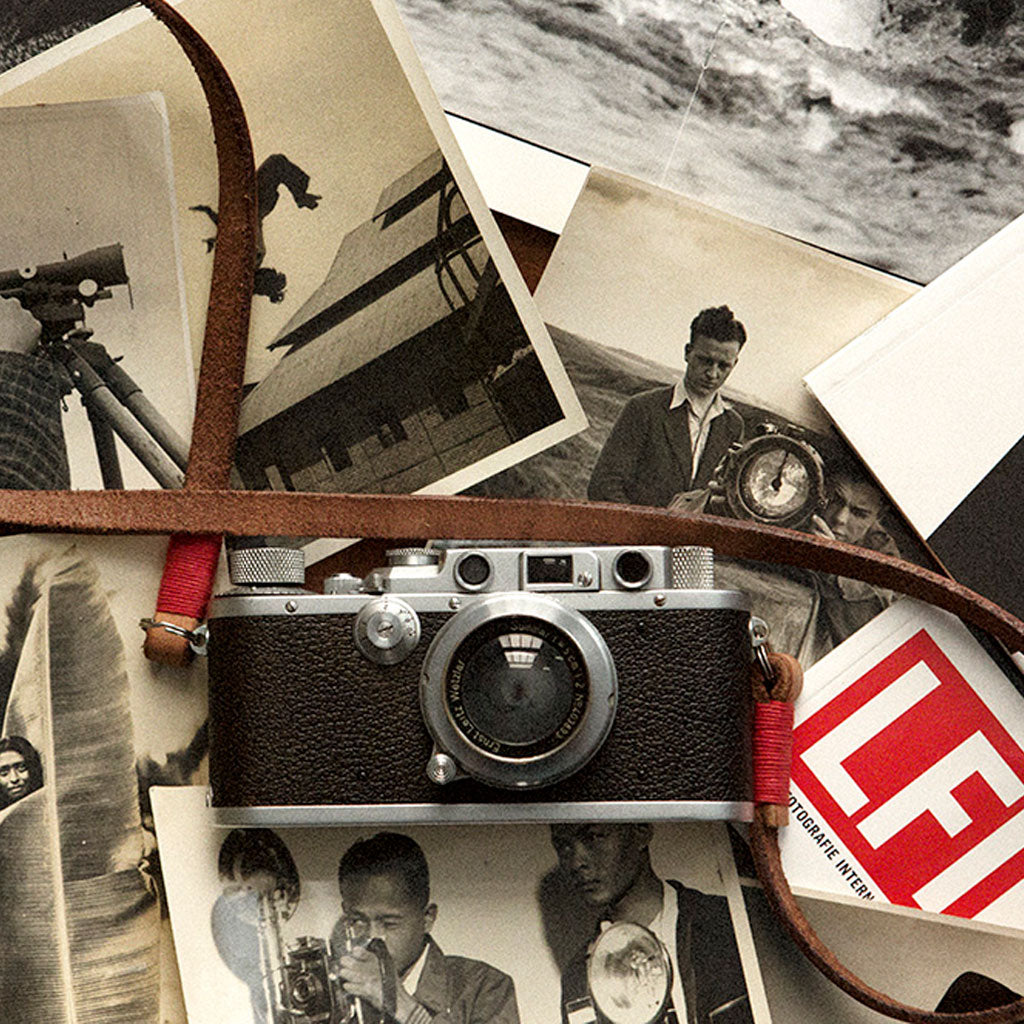
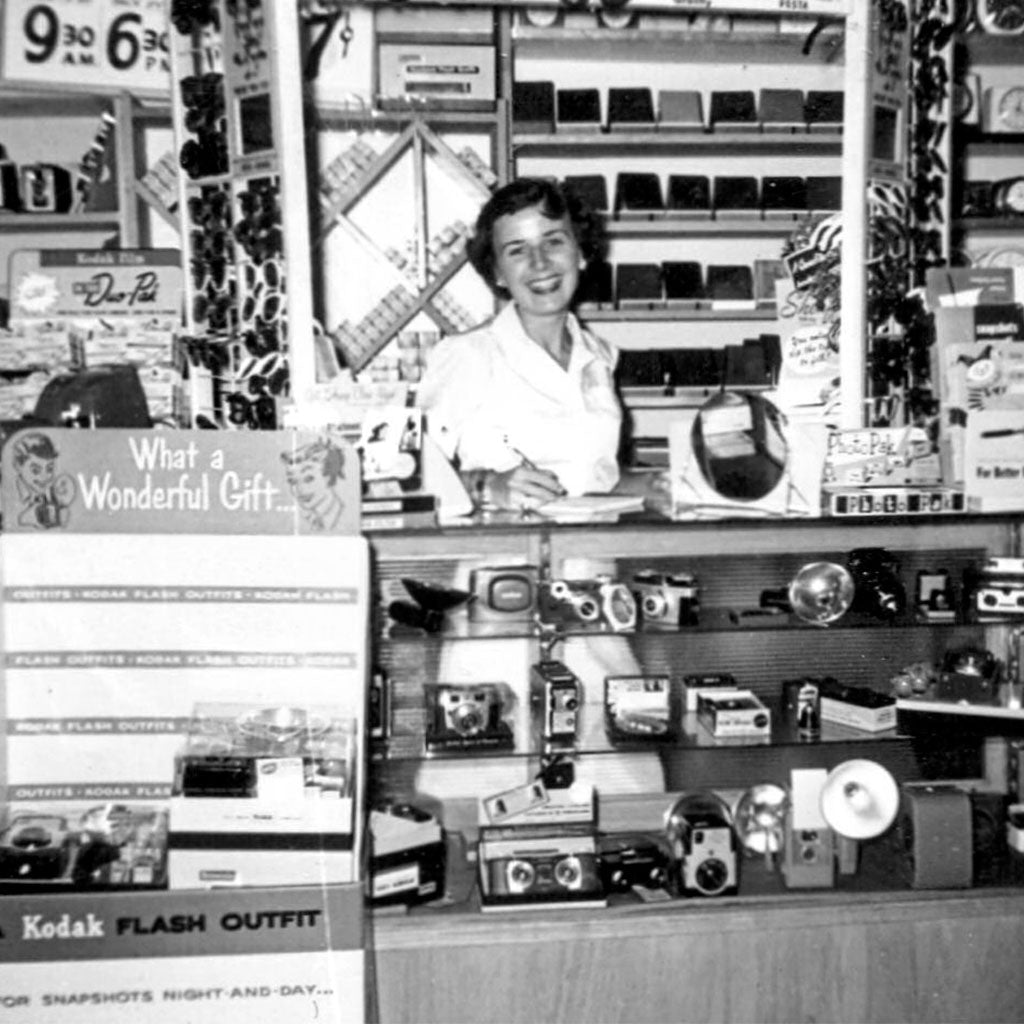
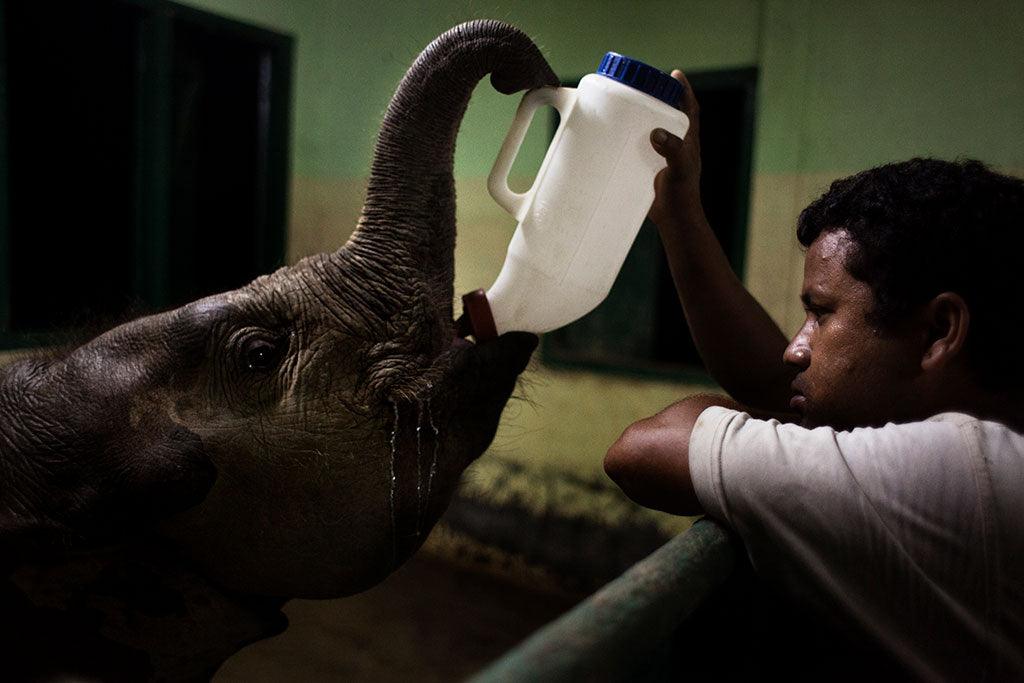
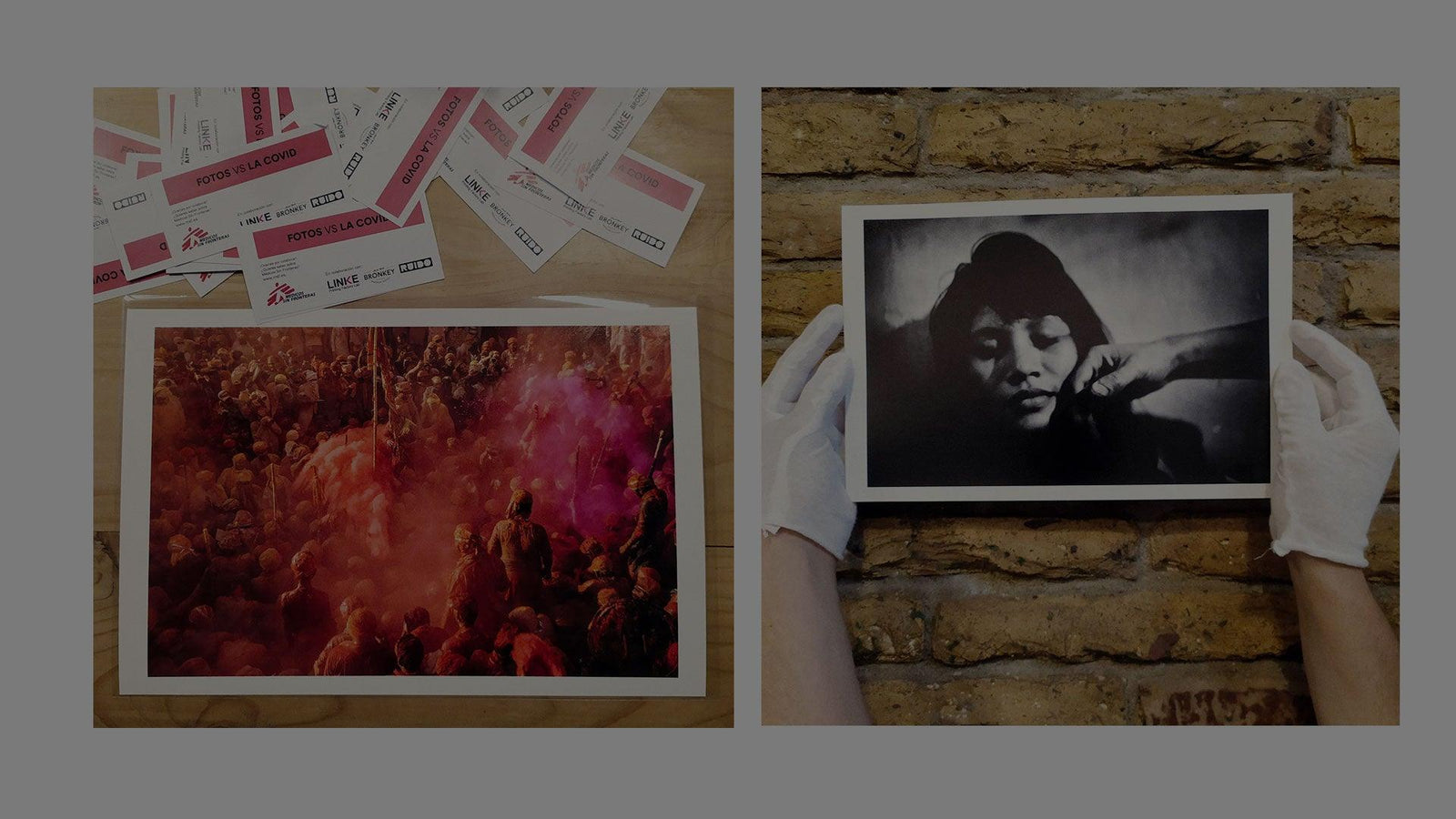
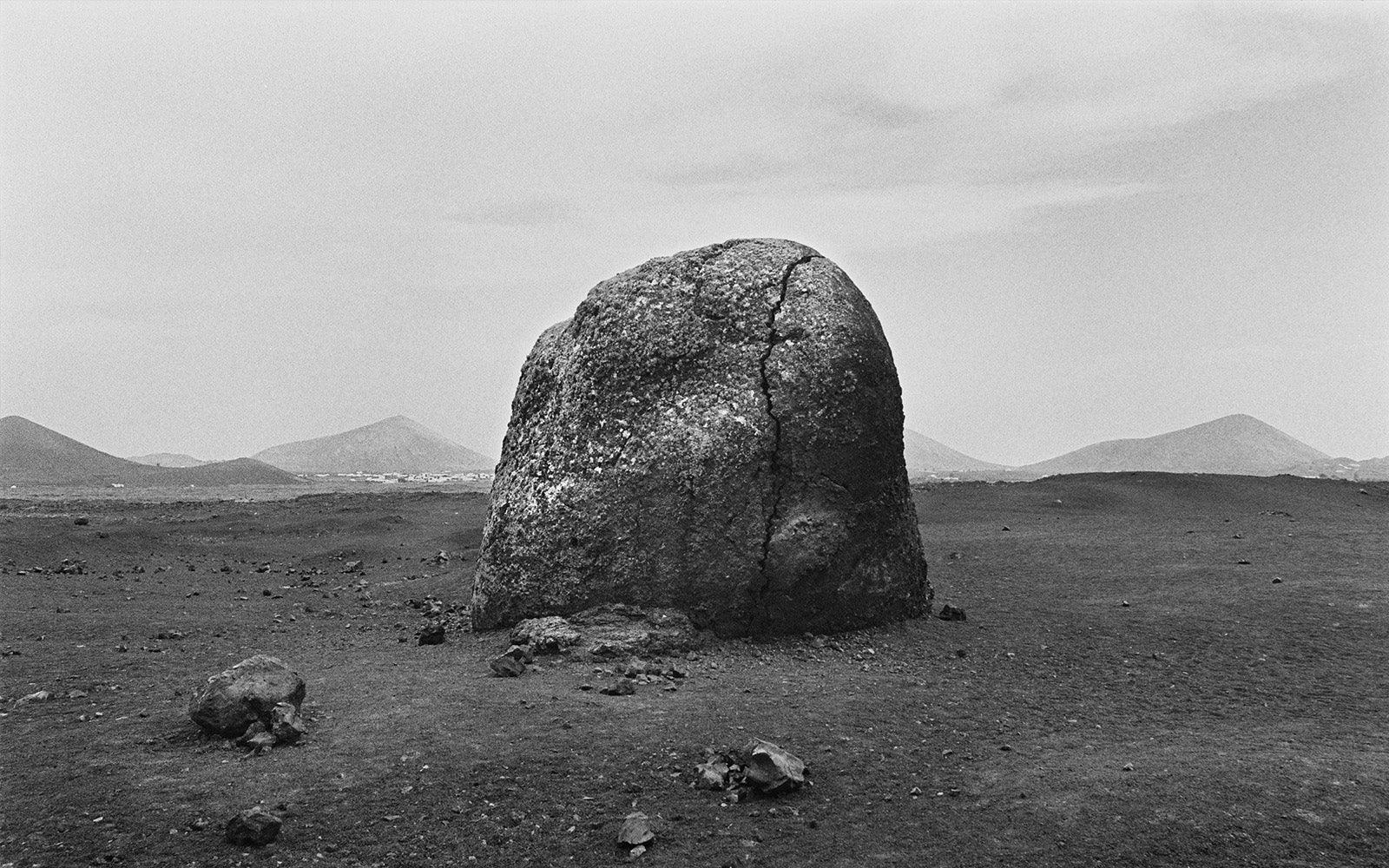
Leave a comment (all fields required)